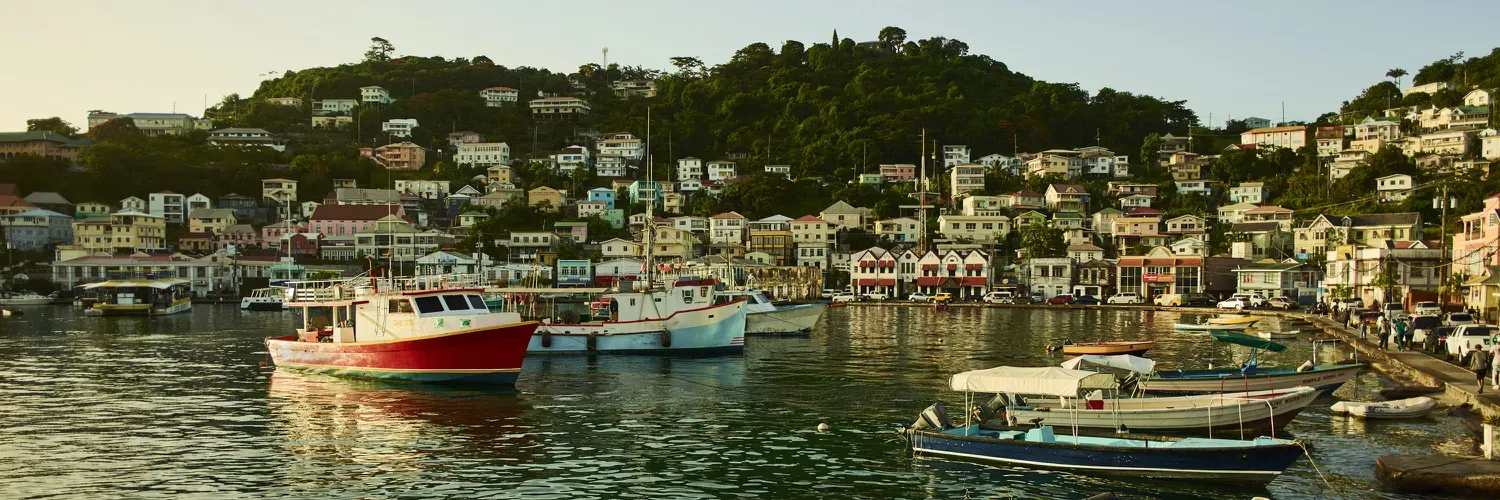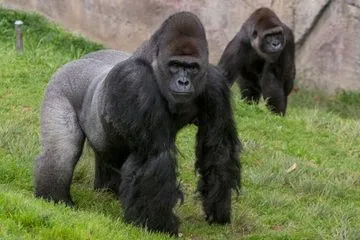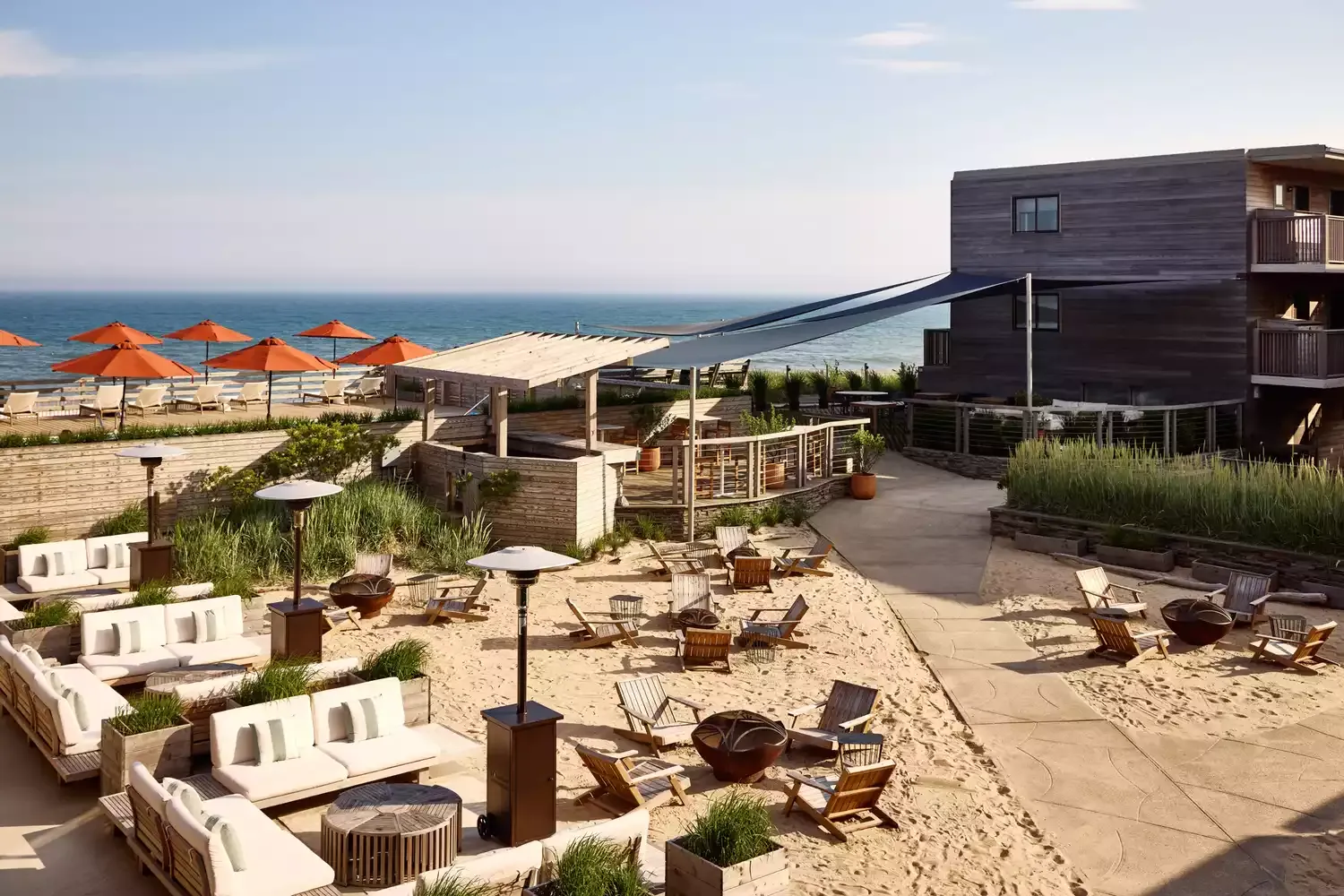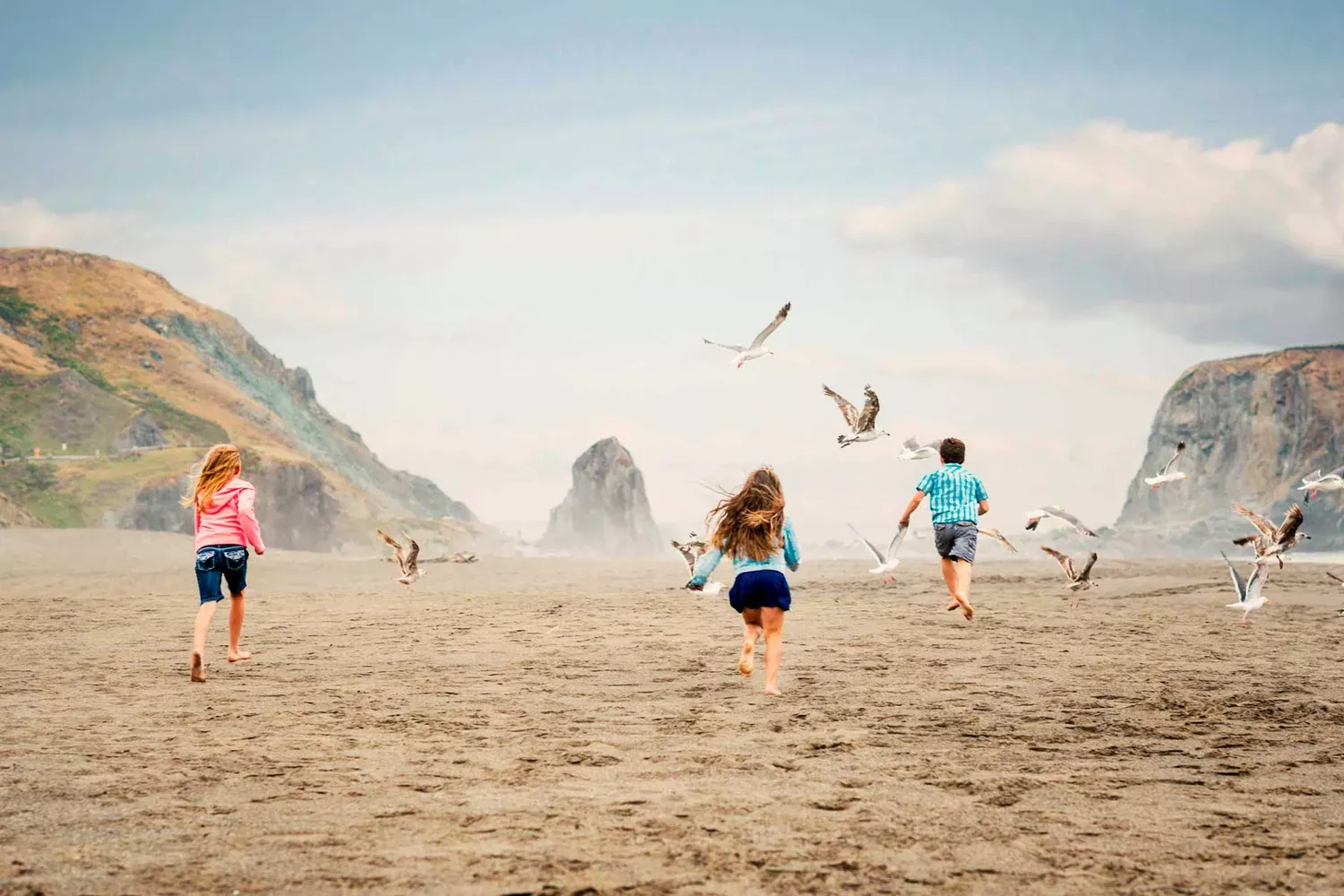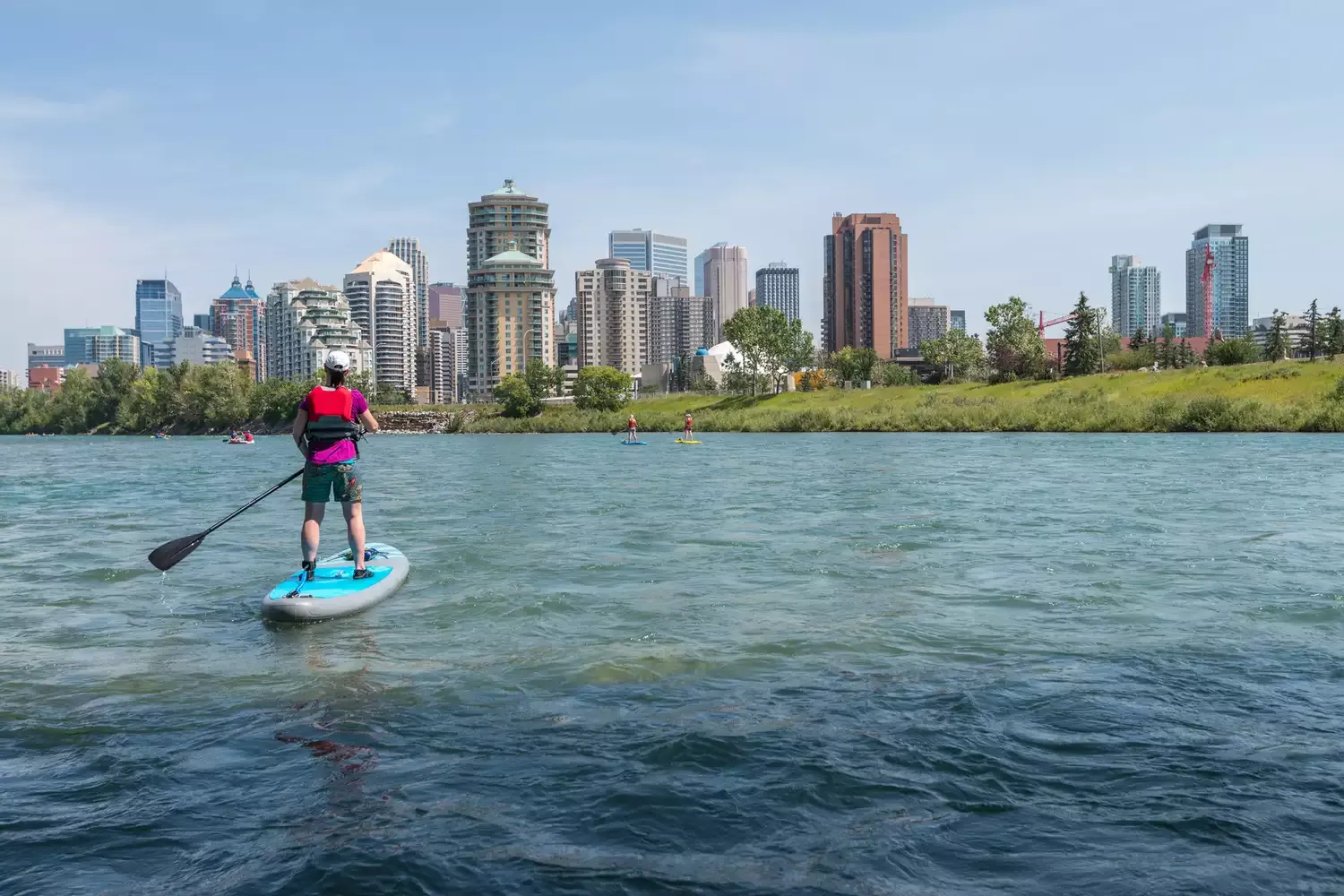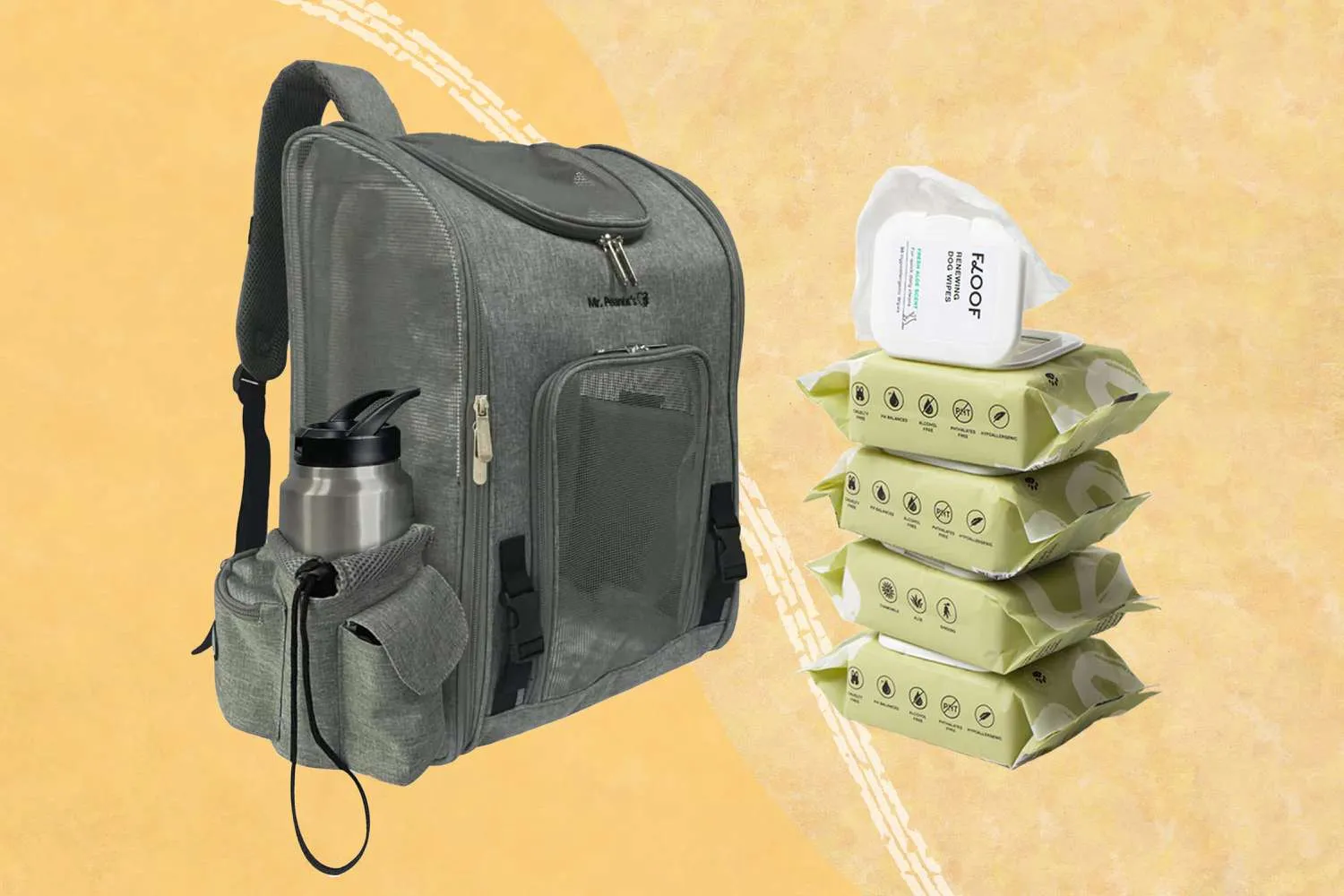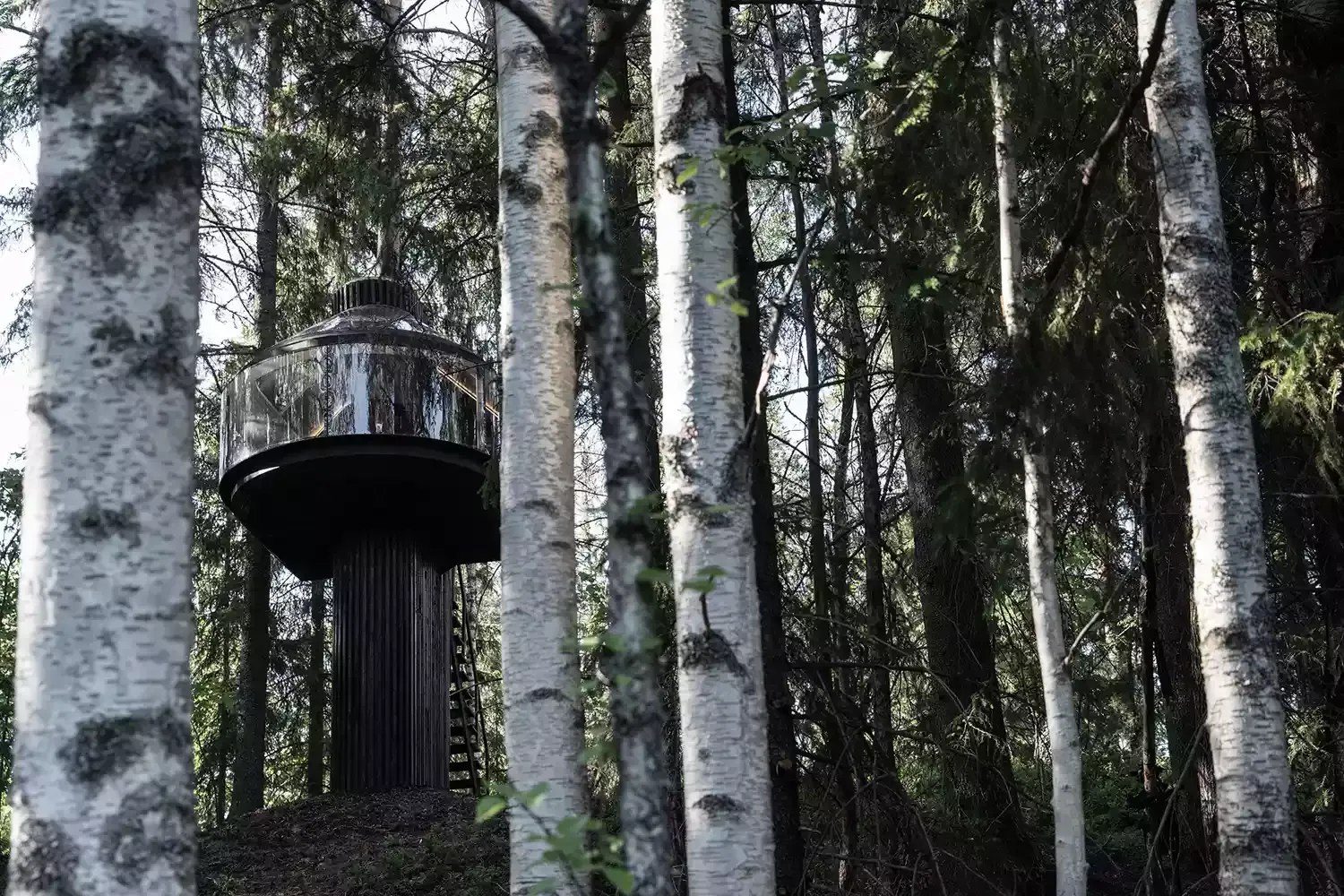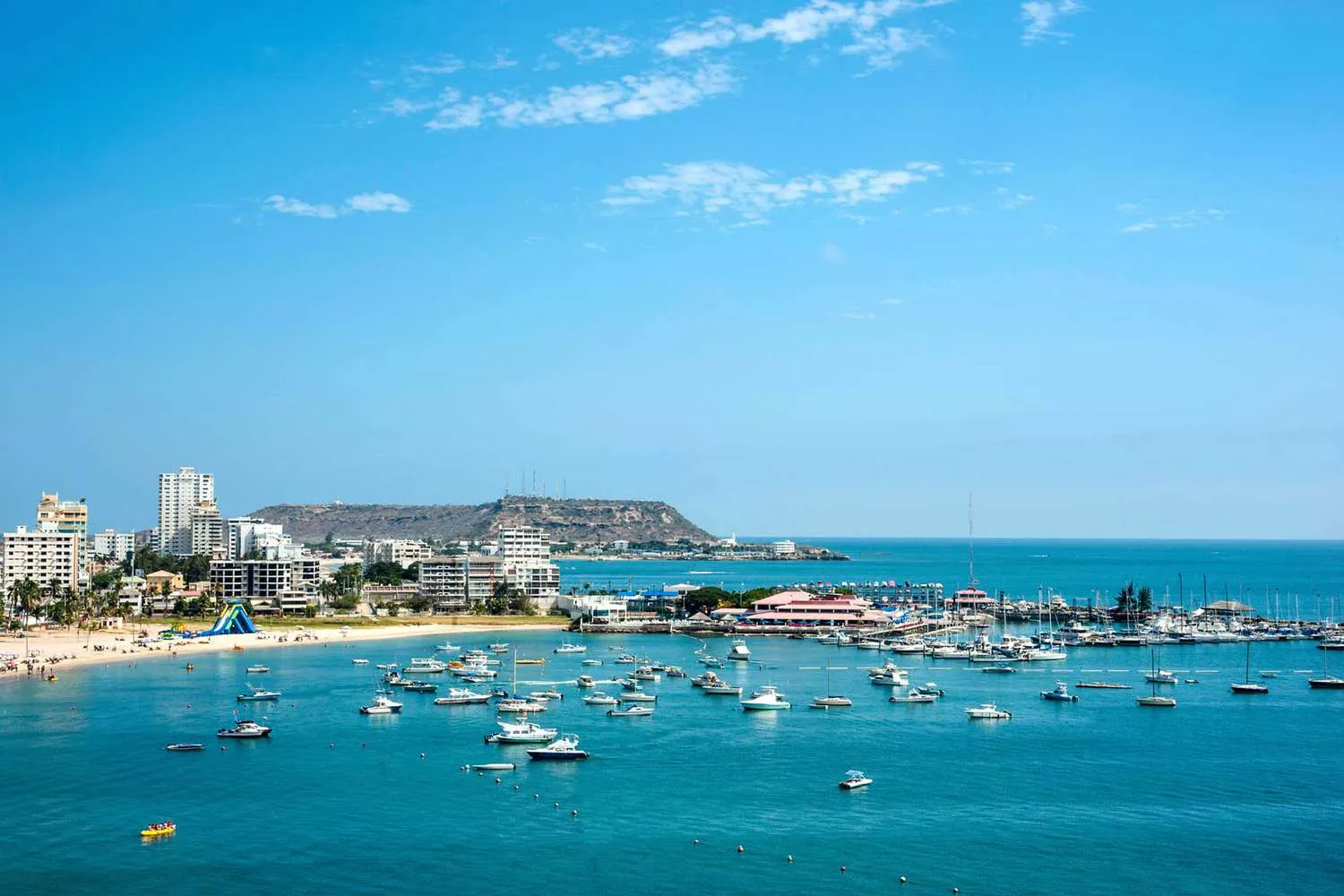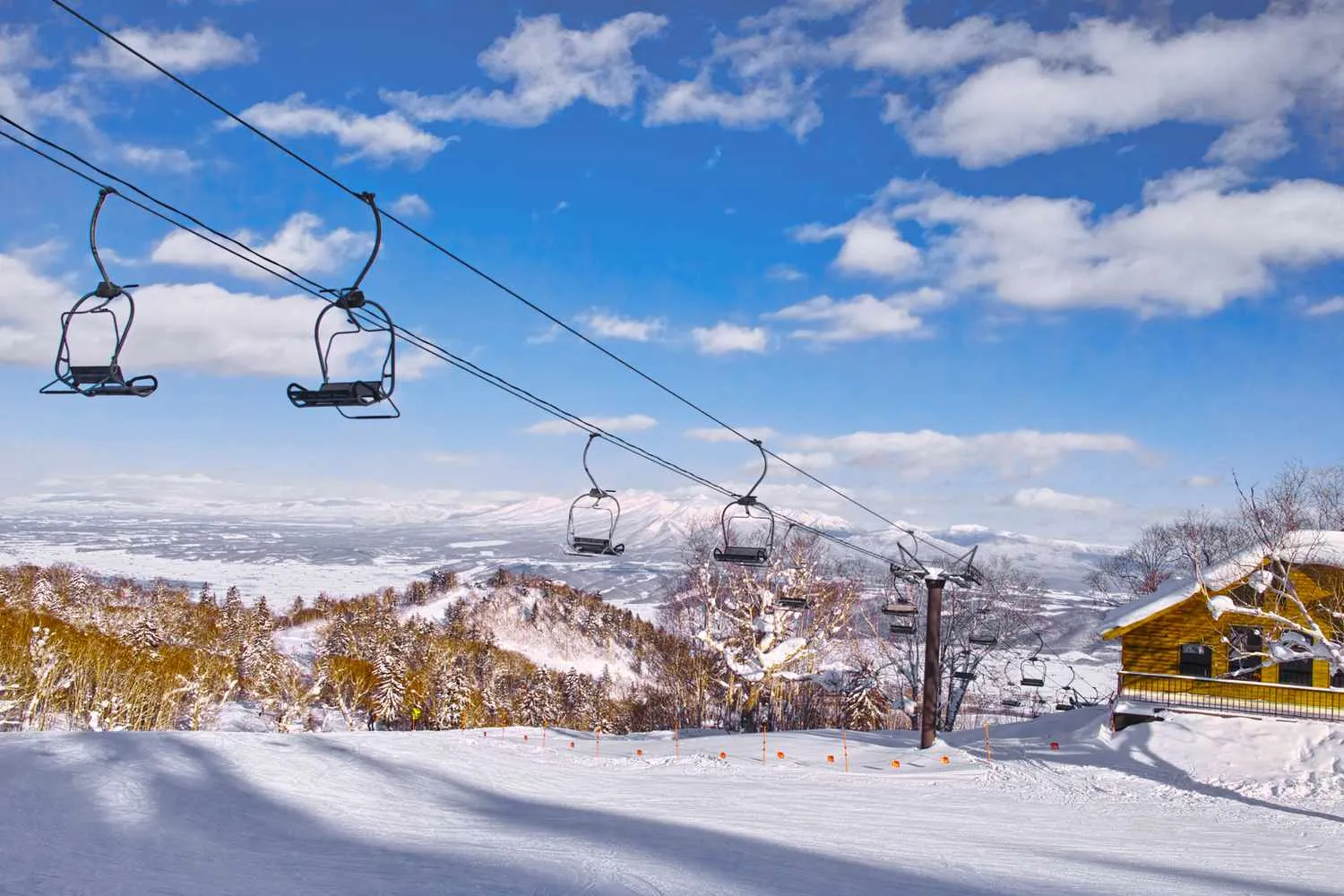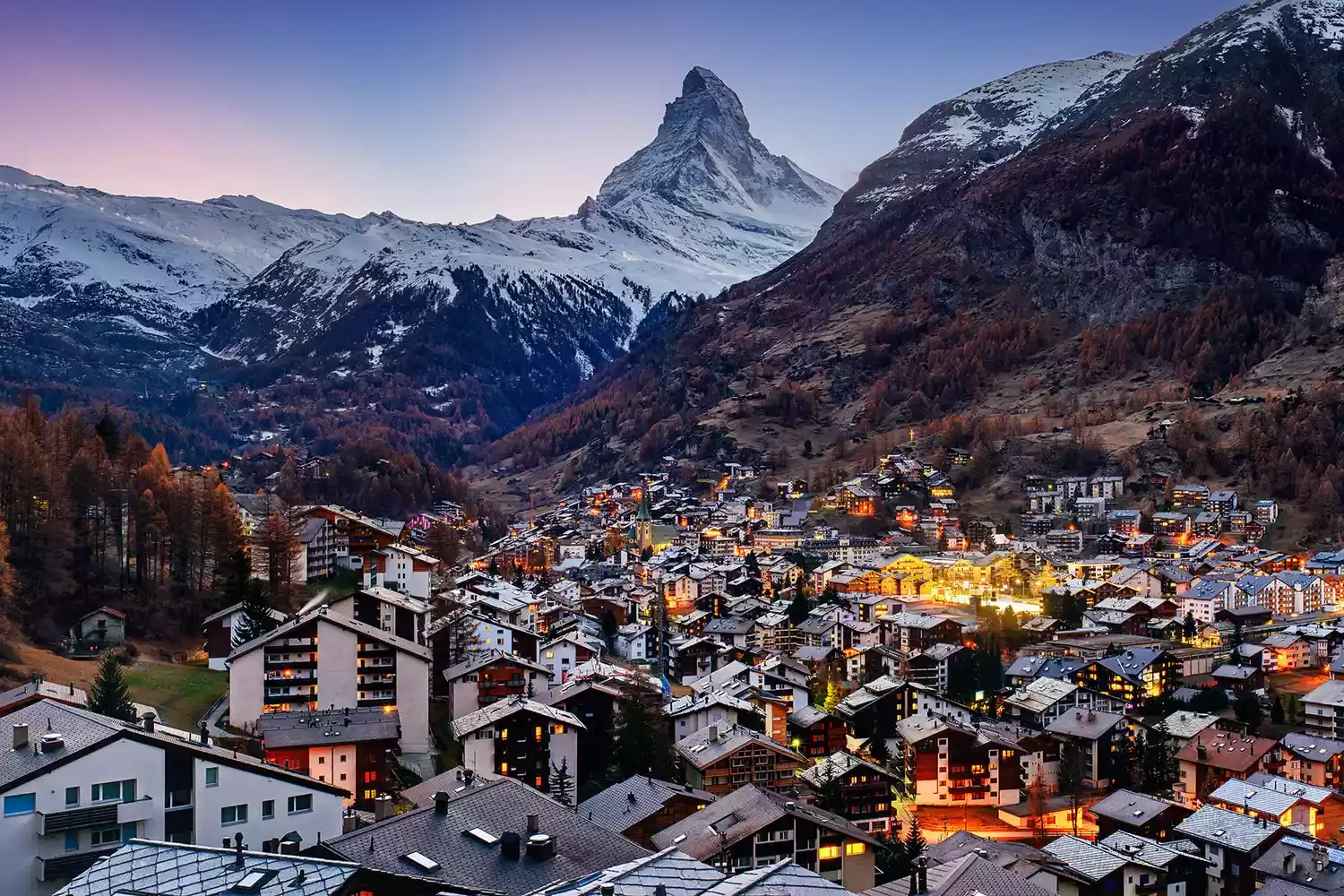
I experienced the Trans-Bhutan Trail's rebirth after six decades! My hike unveiled stunning landscapes and deep cultural immersion. Trekking through remote villages, I witnessed Bhutan's unique heritage. The physically demanding adventure was rewarding, offering breathtaking views and a profound connection to the nation's history. The reopening of the trail provided an unforgettable journey through the heart of Bhutan.
Planning the Adventure: Logistics and Permits
Before lacing up my boots, meticulous planning was crucial. The Trans-Bhutan Trail isn't your typical weekend stroll. Securing permits is paramount. You'll need to book through a licensed Bhutanese tour operator, as independent trekking isn't allowed. This might seem restrictive, but it ensures sustainable tourism and supports local communities along the way. The operator handles everything from visa applications and trail permits to accommodation and guides. Choose an operator experienced with the Trans-Bhutan Trail and familiar with the specific section you plan to hike. I went with an outfitter that specialized in community-based tourism, ensuring my trek directly benefited the villages I passed through.
Timing is also key. The best months to hike are generally March-May and September-November, avoiding the monsoon season. Be prepared for varied weather conditions, from sunshine at lower altitudes to potential snow at higher passes. Packing essential gear includes sturdy hiking boots, layers of clothing (including waterproof outerwear), a reliable backpack, a first-aid kit, and a water filter or purification tablets. Altitude sickness can be a factor, so acclimatization is vital. Consider spending a few days in Paro or Thimphu before starting your trek to adjust to the elevation.
On the Trail: A Day-to-Day Experience
My section of the Trans-Bhutan Trail focused on the central region, known for its monasteries, valleys, and remote villages. Each day brought new discoveries. The trail is a mix of well-maintained paths, old logging roads, and occasionally, challenging ascents and descents. The terrain is diverse, ranging from lush forests filled with rhododendrons and chirping birds to open meadows offering panoramic views of snow-capped peaks.
What truly sets the Trans-Bhutan Trail apart is the cultural immersion. Unlike other famous treks where you might only see other tourists, this trail connects you with the heart of Bhutanese life. I passed through remote villages where time seemed to stand still. Children would run out to greet us with shy smiles, and elderly women would offer us cups of suja (butter tea). Each night, we stayed in comfortable guesthouses or homestays, giving us the opportunity to connect with local families, learn about their traditions, and share stories over home-cooked meals.
One particular day stands out. We hiked to a remote monastery perched precariously on a cliffside. The monks greeted us with warm smiles and invited us to participate in a prayer ceremony. The chanting, the scent of incense, and the serene atmosphere were deeply moving. Experiences like this are what made the Trans-Bhutan Trail so much more than just a physical challenge.
Challenges and Rewards
The Trans-Bhutan Trail isn't without its challenges. The altitude can be demanding, and some sections of the trail are steep and rugged. There were days when my legs ached, and I longed for a hot shower. But the rewards far outweighed the difficulties. The stunning scenery, the authentic cultural encounters, and the sense of accomplishment made it all worthwhile.
Perhaps the greatest reward was the feeling of connection. Connecting with nature, connecting with the Bhutanese people, and connecting with myself. The trail forced me to slow down, to appreciate the simple things in life, and to be present in the moment. It was a journey of self-discovery as much as it was a physical adventure.
Sustainability and Community Impact
The reopening of the Trans-Bhutan Trail is not just a tourism initiative; it's a commitment to sustainable development and community empowerment. By requiring trekkers to use local tour operators and stay in local guesthouses, the trail directly benefits the communities along the route. This helps to preserve their culture, support their livelihoods, and protect the environment. Responsible tourism is crucial to ensuring the trail remains a treasure for generations to come. It's important to choose tour operators that prioritize ethical practices and give back to the communities they serve.
Essential Information at a Glance
Here's a summary of key information to help you plan your own Trans-Bhutan Trail adventure:
Aspect |
Details |
|---|
Permits |
Required; obtained through a licensed Bhutanese tour operator. |
Best Time to Hike |
March-May and September-November. |
Difficulty |
Moderate to challenging; requires good physical fitness. |
Accommodation |
Guesthouses, homestays, and occasionally campsites. |
Sustainability |
Prioritized through community-based tourism and responsible practices. Support local economies by using local businesses. |
Final Thoughts: A Journey of a Lifetime
Hiking the Trans-Bhutan Trail was an unforgettable experience. It's not just a trek; it's a journey that will stay with you long after you've returned home. If you're looking for an adventure that combines stunning scenery, cultural immersion, and a sense of purpose, I highly recommend exploring this ancient pathway. Be prepared to be challenged, inspired, and transformed by the magic of Bhutan.



